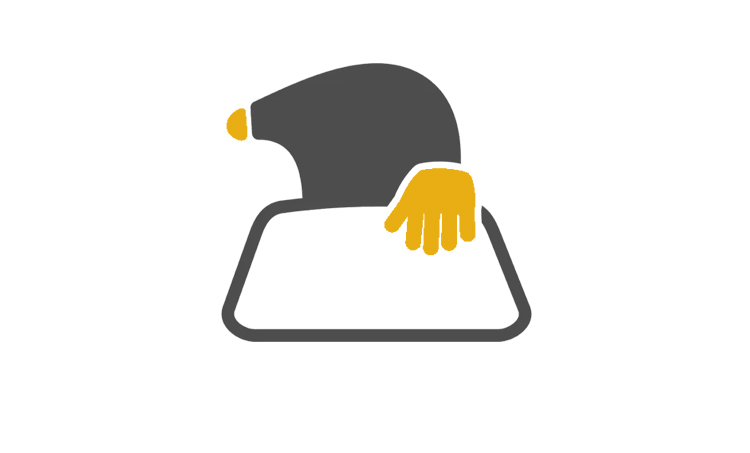Last Updated on: 28th October 2025, 04:39 pm
Awaab’s Law has officially taken effect, creating new legal obligations for social housing landlords in England to swiftly assess and remedy serious cases of mould and damp.
Under the new requirements, landlords must begin investigations within ten working days, carry out repairs within five days, and respond within 24 hours where an immediate health risk is present.
The law is named after two-year-old Awaab Ishak, who died in 2020 after prolonged mould exposure in a social housing flat. His death prompted nationwide calls for stronger tenant safeguards and stricter accountability.
Despite its intentions, AirFresh Mould Removal cautions that the legislation leaves an important issue unresolved. By stipulating deadlines without mandating specialist remediation skills, the law risks encouraging rushed or substandard mould treatment, potentially exacerbating health and safety risks.
“Urgency Without Effectiveness Is False Reassurance”
“Awaab’s Law rightly forces landlords to act fast – but speed means nothing if the work isn’t done properly,” says Jo, Director at AirFresh Mould Removal. “We’re already seeing companies calling themselves ‘mould specialists’ with no real training or understanding of the science behind remediation. Urgency without effectiveness is false reassurance. True safety means treating the cause of mould, not just the visible symptoms.”
AirFresh warns that poorly handled mould remediation can be as dangerous as inaction – spreading spores, worsening contamination, or causing respiratory harm through improper chemical use.
AirFresh is calling on the government, housing associations, and local authorities to go further by embedding IICRC S520, the global Standard for Professional Mold Remediation, into UK practice guidelines.
The IICRC S520 standard sets out rigorous procedures for identifying moisture sources, containing contaminated areas, using HEPA filtration, following PPE and health & safety protocols, and verifying that affected areas are truly safe before re-occupation.
“Painting over mould isn’t remediation – it’s concealment,” says Jo. “The IICRC S520 standard exists to protect health and ensure long-term results. The UK needs to adopt it across social housing and the wider property sector if we’re serious about ending this problem for good.
Since Awaab’s death, awareness of mould as a housing hazard has increased dramatically – but AirFresh says enforcement must extend beyond response times to technical performance and verification.
The company urges local authorities and housing providers to vet contractors carefully, checking qualifications, containment procedures, and health & safety compliance before work begins.
“Right now, there’s no regulation preventing untrained firms from calling themselves ‘mould specialists’,” Jo adds. “That’s a loophole that puts lives at risk. We want to see mandatory training and certification brought in line with recognised international standards.”





